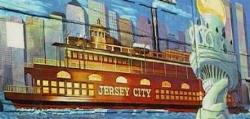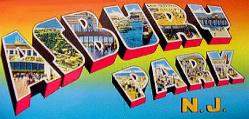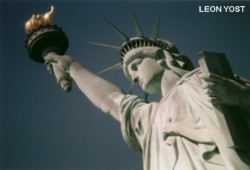 |  |  |
|
| ||
 |  |  |
 |  |  |
|
| ||
 |  |  |
|
|
By Glenn L. Jepsen
Edited by GET NJ, COPYRIGHT 2003
|
Most large natural history museums now exhibit a mastodon skeleton or two, and many of these came
from Orange County in southern
New York, (adjoining Sussex
County) which must have been an
area of dense population by mastodons or a preferred corridor of
migration. A skeleton in the Princeton University Natural History Museum was assembled from the bones
of several Orange County discoveries. An exceptionally complete mastodon skeleton, a large male who
was so old he had lost all but four
of his chewing teeth (one on each
side of the upper and lower jaws),
was found near Monroe, New York
in 1952 and may be seen now in the
Museum village of Smith's Clove.
At Harvard University in the Museum of Comparative Zoology there is a fine mastodon skeleton from a farm near Hackettstown, New Jersey, collected in 1844. This was one of six skeletons, representing five adults and a calf, that were found together at a depth of about six feet when a boggy depression was drained and dried. Three of the skeletons indicated the animals were "as if in a standing position" when they died and one was "on its hack." These attitudes of the bones led to the belief that the creatures "had been overwhelmed in one of their native haunts by some sudden catastrophe." Two of the skeletons "fell to pieces on being exposed to the air" and only the teeth and parts of the larger bones were saved. Rutgers University has a fine-looking mastodon skeleton from a marl pit near Mannington, Salem County. Again the bones began to disintegrate "the minute they were exposed to air." Nevertheless they were left exposed at the side of the pit for two years and were then sold to a travelling circus. Later they were bought by alumni of Rutgers and the skeleton was mounted in 1896. By this time the bones had been so frequently patched up and restored with plaster that very little of the original bone surface remained. The original tusks have been replaced, one by a tooth from Ellenville, New York, and the other from southern New Jersey. |

|
|
|
 Your Ancestors' Story |
 Bruce Springsteen's Jersey Shore Rock Haven! |

|
UrbanTimes.com |